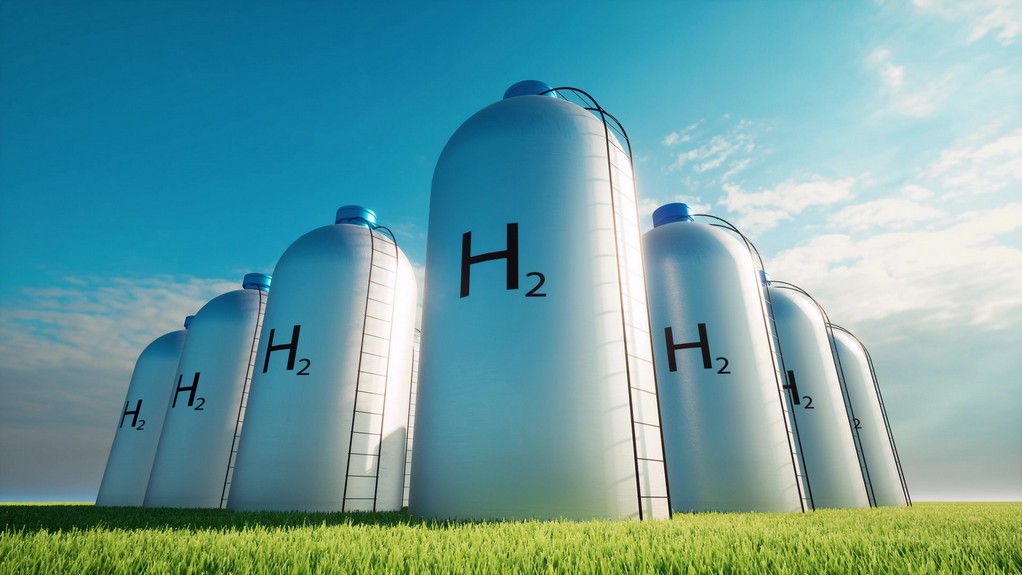Hazer said that its 100 t/yr commercial demonstration plant (CDP) in Munster, Western Australia will be ready to commence hydrogen production in the second half of 2023.
The CDP demonstrates Hazer’s technology on a commercial scale and a continuous basis, and is viewed as the final stage before commercial deployment.
The company has partnered with Canadian firms to build a pilot plant in British Columbia, Canada. The plant will be 25 times bigger than the CDP.
The plant will use biogas feedstock and iron ore as a catalyst to also produce 380 t/yr of graphitic carbon.
The carbon intensity of the production process (although not disclosed) is likely to be very low compared to steam methane reformation, which produces 9kg of CO2 for every kg of hydrogen produced.
Hazer will likely use some of the hydrogen for domestic power generation. Discussions are ongoing with domestic and foreign offtakers for the use of the graphitic carbon.
The firm is also exploring opportunities for plants in Asia, Europe, and North America.
Tags: Australia, CDP, Hazer, Hydrogen



Recent Posts
DP World and Asian Terminals Inc deploy first fleet of electric internal transfer vehicles in the Philippines
Lloyd’s Register Decarbonisation Hub Joins Mærsk Mc-Kinney Møller Center as Knowledge Partner
Wärtsilä engines selected to deliver reliable power for US data center
Japan’s First LNG-Powered Cruise Ship Begins Operations with Shore Power Capabilities
Amogy Secures Additional $23 Million to Advance Ammonia-to-Power Solutions and Expand in Asia
NEMO strengthens global role with official status from IMO and IAEA
Summit at SRM University – AP to Drive Dialogue on Green Hydrogen Innovation
Goltens Partners with Orcan Energy to Expand Marine Waste Heat Recovery Solutions